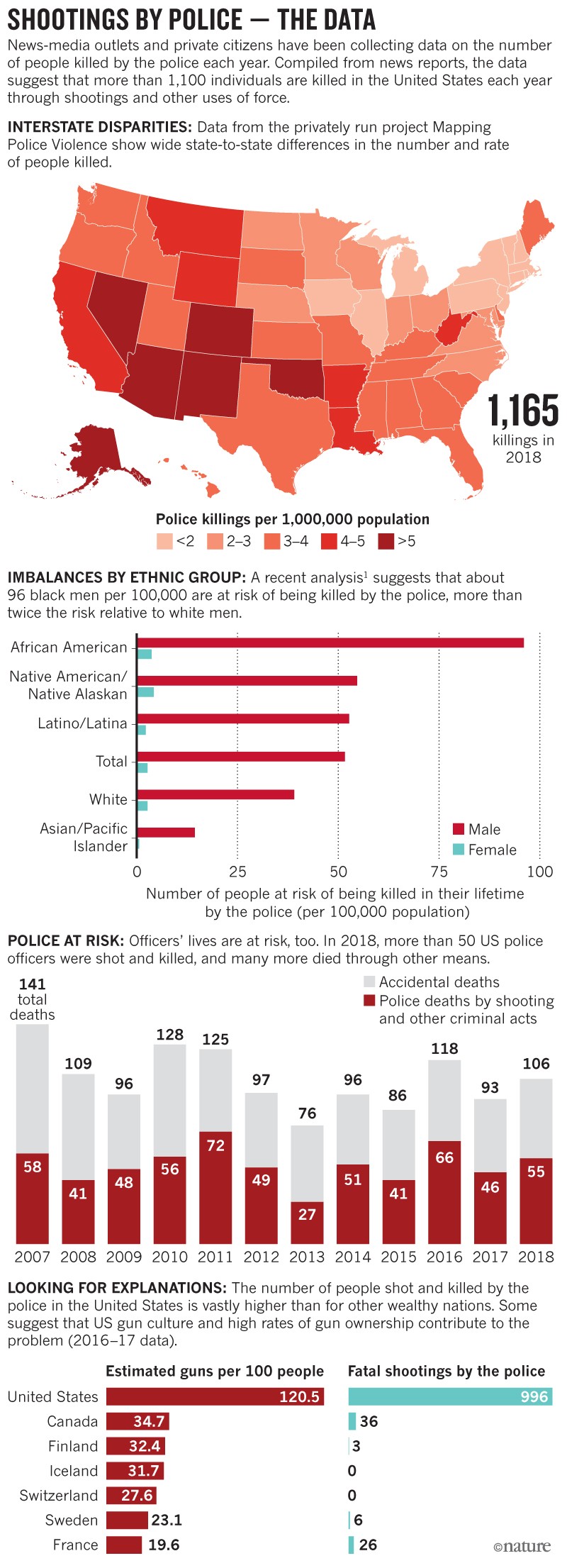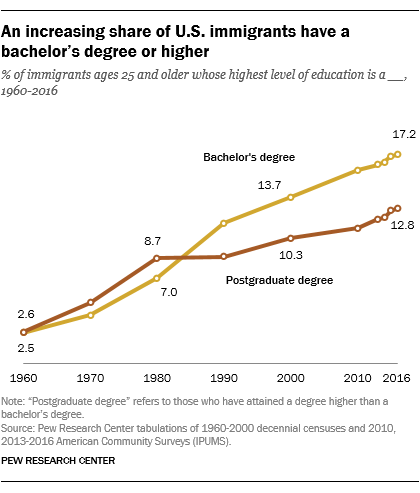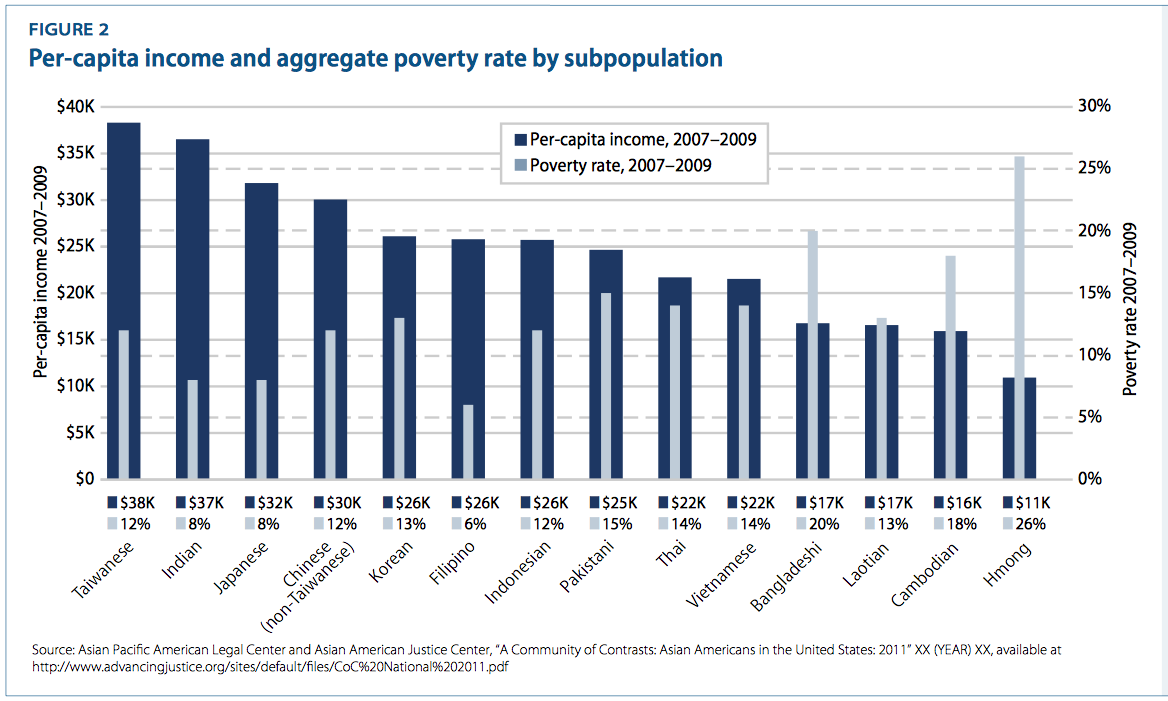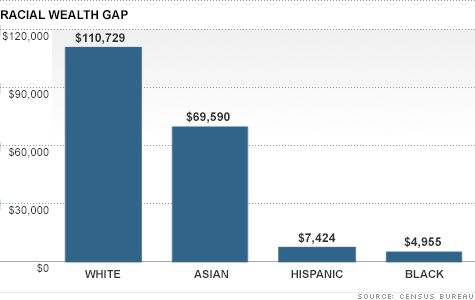Notice the author: “GORDON H. CHANG”.Maybe it's because I come from the West Coast so I know the history, but the Chinese in particular were treated like shyt on the coast. Chinese workers basically built the railway system: Op-Ed: Remember the Chinese immigrants who built America's first transcontinental railroad
And as one example of a race riot towards Chinese folks in Seattle, white folks burned down Chinese homes and chased them back up off the water and into the hills: Seattle’s Anti-Chinese Race Riot—February 7, 1886: The Day Seattle Imploded | International Examiner
Obviously, there were multiple Exclusion Acts passed to target Chinese immigration to the U.S.
I'm not caping for Chinese people or anything, and obviously black Americans have had it worse than any Asian community here, but there are numerous race riots toward Asians in America on the West Coast.
Obviously, you've got Japanese Internment as well. So there is history there. It's just that when white people are worried that they'll be outnumbered, they'll accept compliant and complicit Asians into their group in order to keep their boots on the necks of black folks.
I did see this once on a discussion panel (at Stanford, if I remember this correctly), a few years ago, but "City of Seattle - Resolution 31605" on these immigrants between 1864 and 1869 was indeed informative. So yeah, they did had somewhat uncomfortable experiences, but it was still miniscule. And what skips on me is how this is used for "all Asians" who came after 1965, who make up the bulk of the Asian demographic?
I dislike the narrative that "Chinese workers basically built the railway system", when that is not even true. The legacy of "John Henry" is too significant to ignore.
https://www.nrrhof.org/single-post/2017/11/06/Stories-Lost-Slavery-and-the-Railroads"…nearly every rail line built east of the Mississippi River and south of the Mason-Dixon line before the Civil War was constructed or run at least partly by slaves.”[1]
If the tracks were laid out in a straight line, it would have been enough to span the width of the continental United States nearly 3 times… a staggering amount.
Because we often take railroads for granted, it is easy to forget the increased income and security that comes as a result of them. Although the Midwest (and particularly Illinois) saw a boom in railroad construction during the 1850s, the South was growing quickly, too—and demand for a robust rail infrastructure was high. Railroads lowered internal transportation costs for farmers and expanded commerce.[3] At times, the South even exceeded the number of tracks built in the North, even opening up new frontiers for cotton plantations.[4] Farmers could quickly and efficiently move goods from one city to another—a game changer for the entire nation.
In 1860, nearly 15,000 African Americans were enslaved by railroad companies in the South.[6] The demand that the railroads created for slave labor meant that the cost of slave labor rose rapidly in the late-antebellum South.[7]"
These slaves weren’t just grown men, either.
https://www.nrrhof.org/single-post/2017/05/19/Chinese-Workers-of-the-First-Transcontinental-Railroad"During the construction of the railroad, thousands of Chinese migrants came to the United States to find a better life. Instead, they found severe racial discrimination and dangerous working conditions—all for very little reimbursement. At the height of construction, over 11,000 Chinese workers were involved in the construction of the Central Pacific Railroad."
Railroad History (USA): Timeline, StatisticsRailroad history in the United States is nearly as old as the country itself, dating back to the mid-1820s.
Ps. with you being from the West Coast, can you tell/ explain what happened to the "Los Pobladores"?
Last edited:





/https://cdn.citylab.com/media/img/posts/2019/08/police_shooting_race/original.png)
/https://cdn.citylab.com/media/img/posts/2019/08/vice_table/original.png)









